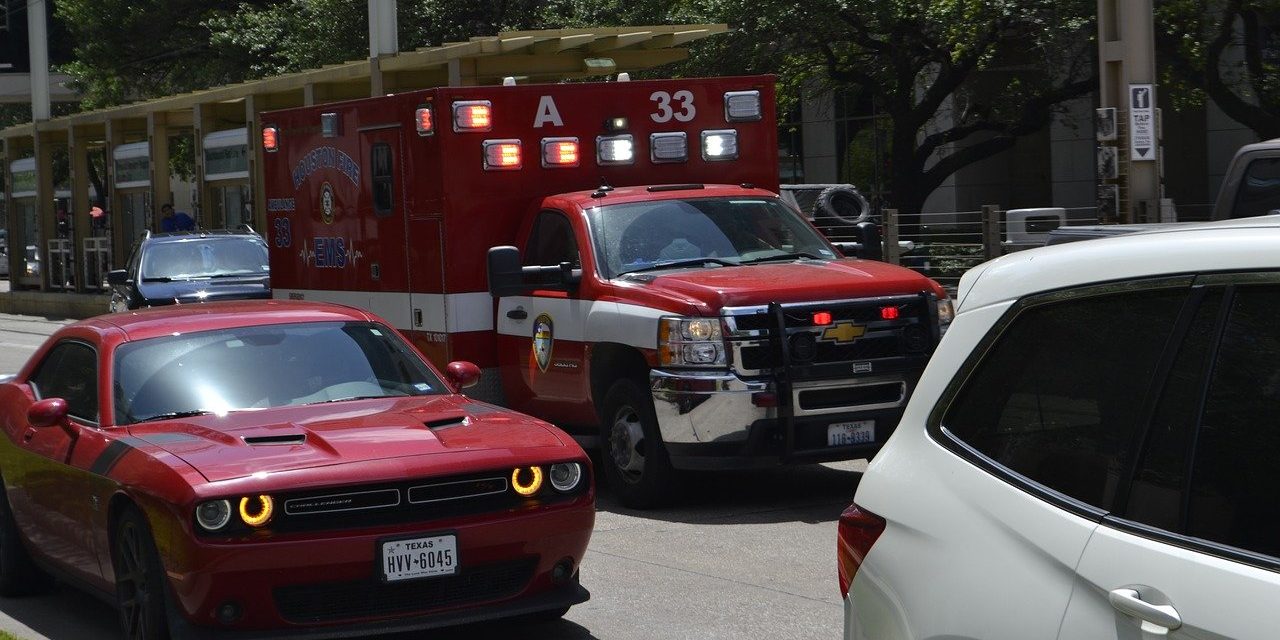State’s Slow Down or Move Over Law Expands On Jan. 1
On Jan. 1, California drivers will be required to slow down or move over for all emergency response vehicles with flashing lights parked on the side of both city streets and freeways. Emergency vehicles include tow trucks and vehicles from Caltrans and other agencies, as well as fire trucks, police vehicles and ambulances working on the roadways.
California’s previous “Slow Down, Move Over” law applied only to vehicles on state and interstate freeways and highways. AB 2285 by Assemblymember Jim Frazier, D-Fairfield, expands the law to include all streets. Those cited for violating the law will pay fines and penalties of about $238, with a point also added to their driving record.
The Auto Club supported the new law.
“This will hopefully be a deterrent to people not being careful about responders who are pulled over on the side of the road,” Frazier said. “Lives have been lost. Think about everyone on the road as your family member and treat them that way. You want them to be able to get home to their families.”
According to the Emergency Responder Safety Institute, 44 emergency responders throughout the U.S. died in 2019 after being hit by vehicles as they were working at the roadside. These included 18 law enforcement officers, 14 tow truck drivers and nine fire/emergency medical service professionals. In addition, several dozen road construction and maintenance workers are struck and killed each year at the roadside.
“So many professionals such as tow truck drivers, construction or maintenance workers, and first responders put their lives on the line by working at the side of the road each day to keep us safe and rescue motorists from dangerous situations,” said Auto Club Vice President of Public Affairs Lincoln Tomlin. “We need to do our part as drivers by slowing down as we approach the flashing lights of a roadside emergency vehicle and moving over a lane when it’s safe and possible to do so, whether on a freeway or a city street.”.
The AAA Foundation for Traffic Safety in 2011 found the risk of death is 50% for people struck by a car traveling at 42 mph and 75% when vehicles are moving at 50 mph.
While all 50 states have Move Over laws for emergency responders, fewer than 30 percent of Americans know about these laws, according to the National Highway Traffic Safety Administration (NHTSA). Also, a recent Auto Club survey of drivers showed that many confuse this law with others that require drivers to move to the right for emergency vehicles using flashing lights on route to an emergency.
To prevent more tragic deaths and injuries of roadside emergency workers, the Auto Club offers these driver tips:
- Remain alert. Avoid distractions and focus on the task of driving.
- Scan the area ahead. Maintain a visual lead of everything going on 20 to 30 seconds ahead of you. This gives you time to see problems ahead and change lanes and adjust speed accordingly.
- Recognize and respond. Emergencies can occur anywhere on the road. When you see flashing lights, slow down and prepare well in advance to change lanes. Allow others to merge into your lane when necessary.
- Don’t “tailgate.” Do not follow semi-trucks or other large vehicles too closely. If a truck moves into a left-hand lane, don’t speed around the right side. They are changing lanes for a reason; be prepared to change lanes yourself.
- Be aware of road conditions. When road conditions are slick, don’t make sudden lane changes which can cause an uncontrollable skid. Change lanes early and move over gradually.
- If you are unable to safely move over, slow down to a safe speed, taking into consideration that you are approaching a workspace where pedestrians are present.
Image Sources
- Ambulance: Pixaby







